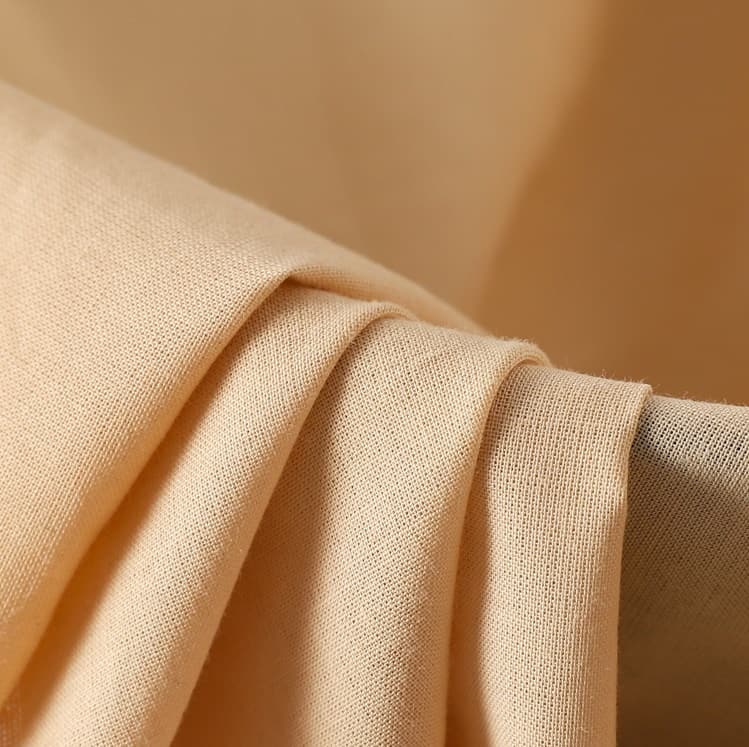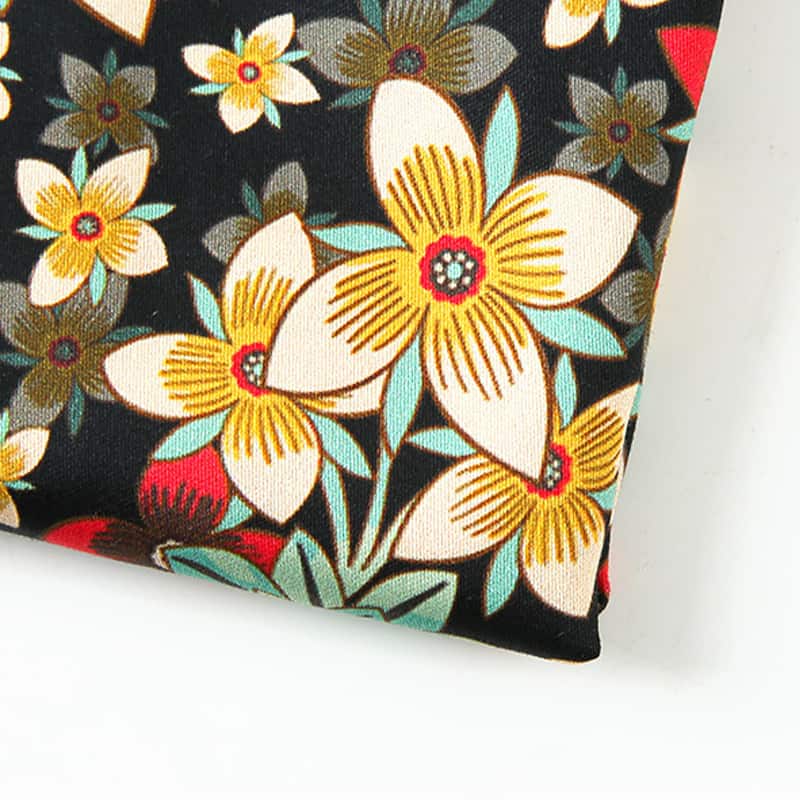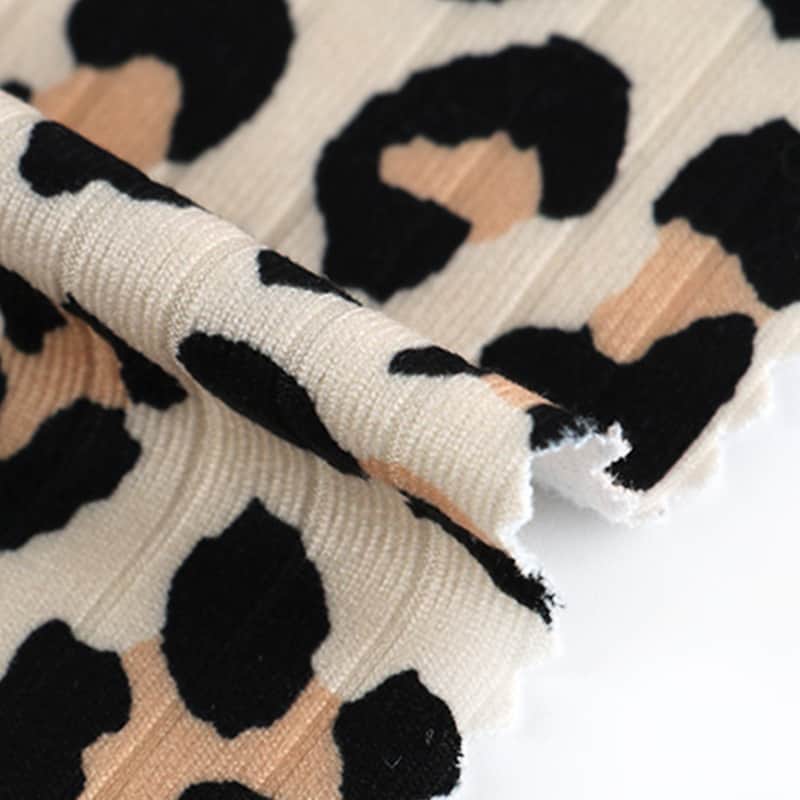Introducción al teñido y acabado de tejidos.

The fabric formed by the yarn after weaving or knitting in a textile mill or knitting factory is generally referred to as grey fabric. As a semi-finished product in the textile and clothing processing process, the fabric is processed in dyeing and finishing plants for pre-treatment, dyeing, printing and finishing to achieve a certain appearance, feel and functional requirements before it can be used as clothing fabric or enter the textile distribution market. We refer to the pre-treatment, dyeing, printing and finishing of fabrics as a series of processes, which are collectively referred to as dyeing and finishing.
Una colección de causas y soluciones para las diferencias de color en la impresión reactiva del algodón.

Most cotton fabrics are printed using reactive dyes. Improving the success rate of cotton reactive printing and controlling the colour difference within a reasonable range are important for improving production efficiency, saving energy and reducing production costs significantly. This paper summarises and analyses the factors that can easily cause colour difference in the production process according to the production practice and gives the corresponding control measures.
Cómo prevenir de antemano las arrugas y las arrugas muertas en las telas

The general dyeing and finishing process is as follows:
Cloth preparation → head sewing → drop tank boiling and bleaching → dyeing → soaping → colour fixing → soft → out of the tank → dewatering → dry cloth, while the formation of fine wrinkles is mainly in the dyeing tank, in the dewatering machine, in the pile cloth car ….
Because a meter of cloth from the yarn to the finished product, after too many links, each link quality control is not done well, there is a risk of producing substandard fabrics.
